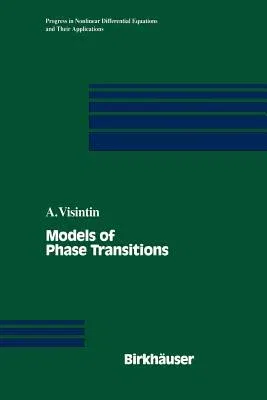Augusto Visintin
(Author)Models of Phase Transitions (Softcover Reprint of the Original 1st 1996)Paperback - Softcover Reprint of the Original 1st 1996, 26 September 2011

Qty
1
Turbo
Ships in 2 - 3 days
In Stock
Free Delivery
Cash on Delivery
15 Days
Free Returns
Secure Checkout
Part of Series
Progress in Nonlinear Differential Equations and Their Appli
Print Length
326 pages
Language
English
Publisher
Birkhauser
Date Published
26 Sep 2011
ISBN-10
1461286417
ISBN-13
9781461286417
Description
Product Details
Author:
Book Edition:
Softcover Reprint of the Original 1st 1996
Book Format:
Paperback
Country of Origin:
NL
Date Published:
26 September 2011
Dimensions:
23.39 x
15.6 x
1.8 cm
ISBN-10:
1461286417
ISBN-13:
9781461286417
Language:
English
Location:
Boston, MA
Pages:
326
Publisher:
Weight:
476.27 gm

